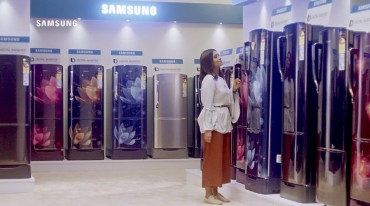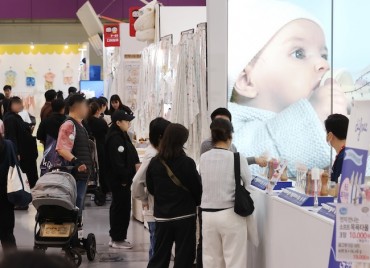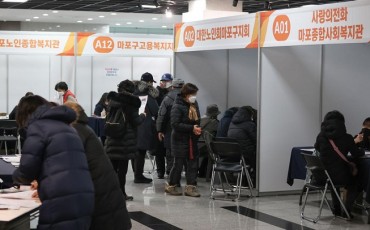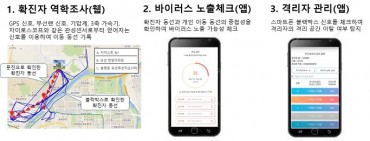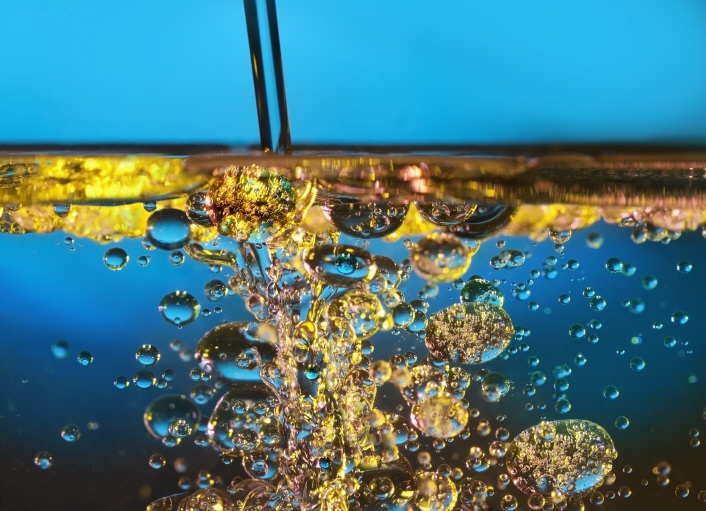
The research team discovered the optimum conditions through an AI experiment, in which productivity can be raised without almost any byproducts. (image: Korea Bizwire)
DAEJEON, Feb. 23 (Korea Bizwire) — A recently published study from South Korea has revealed the optimum conditions to raise productivity of chemical engineering using artificial intelligence (AI).
A research team from the Korea Research Institute of Chemical Technology conducted an AI-based virtual experiment to demonstrate a more productive way to change methane, a greenhouse gas, into useful chemical components such as ethylene.
The team used some 250 data records collected through rigorous experiments under various temperature conditions exceeding 1,000 degrees Celsius, gas speed and pressure to carry out more than 10,000 virtual experiments with different condition settings controlled by the AI.
The results showed a productivity rate of 13 percent, easily surpassing the 2019 record of 5.9 percent.
The team continued the experiment even after the publication of their article, currently reaching a productivity rate of 20 percent.
Previous methods of catalytic processing, through which methane is changed to useful chemical materials without injecting oxygen, couldn’t be commercialized due to the large quantity of byproducts (charcoal).
The research team, however, discovered the optimum conditions through an AI experiment, in which productivity can be raised without almost any byproducts.
Requirements for commercialization currently stand at 25 percent or more in terms of productivity, with corresponding byproduct generation of less than 20 percent.
The United States, China, and South Korea are the only countries zeroing in on commercialization.
The team’s article was published as the back cover of the latest edition of Reaction Chemistry & Engineering, which was released on February 1.
H. M. Kang (hmkang@koreabizwire.com)



